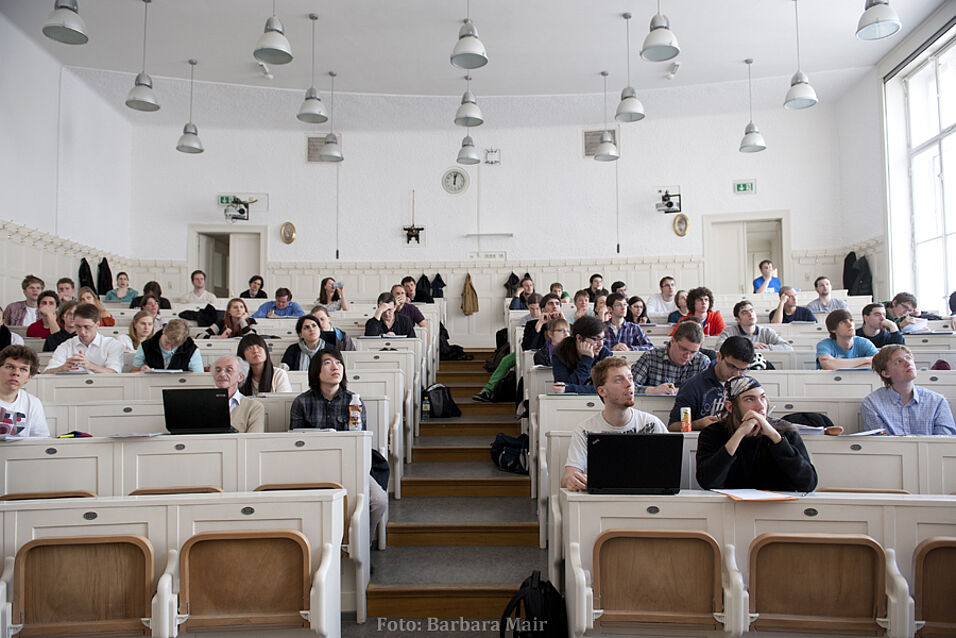Disordered patterns are ubiquitous in material and biological systems composed of interacting objects and come in two flavours with distinctive physical properties, each of them having a different behaviour of density fluctuations with distance. Some disordered systems are entailed with a hidden order named hyperuniformity[1] or superhomogeneity[2] characterized by vanishing density fluctuations at large length-scales. Disordered hyperuniform structures are incompressible at thermal equilibrium and entailed with very interesting physical properties such as being transparent in a wide range of wavelengths.[3] In contrast, non-hyperuniform disordered systems do not present this hidden order since their large-wavelength density fluctuations do not vanish. Non-hyperuniform structures are typically opaque to light and are compressible systems.[3] Interestingly, some systems can pass from hyperuniform to non-hyperuniform and thus switch on or off interesting physical properties just by changing the type of quenched disorder of the host media where the interacting objects are nucleated.[4-6] Thus, unveiling which interactions can switch off the hidden hyperuniform order of a system is very important for both, practical and basic reasons. In order to answer this relevant question, in this talk I will present several examples on how to use superconducting vortices nucleated in different media to reveal new phases of matter with interesting structural properties for physical applications.
[1] S. Torquato and F. H. Stillinger, Phys. Rev. E 68, 041113 (2003).
[2] A. Gabrielli, M. Joyce, and F. Sylos Labini, Phys. Rev. D 65, 083523 (2002).
[3] S. Torquato, Phys. Rep. 745, 1 (2018).
[4] G. Rumi, J. Aragón Sánchez, F. Elías, R. Cortés Maldonado, J. Puig, N. R. Cejas Bolecek, G. Nieva, M. Konczykowski, Y. Fasano, and A. B. Kolton, Phys. Rev. Res.1, 033057 (2019).
[5] J. Puig, F. Elías, J. Aragón Sánchez, R. Cortés Maldonado, G. Rumi, G. Nieva, P. Pedrazzini, A. B. Kolton, and Y. Fasano, Comm. Mat. Nature 3, 32 (2022).
[6] J. Puig, J. Aragón Sánchez, E. Herrera, I. Guillamón, Z. Pribulova, J. Kacmarcik, H. Suderow, A. B. Kolton and Y. Fasano, submitted to Phys. Rev, B (2024).
As part of the lecture, there will be a teaching rehearsal on the subject of
"Perfect conductors vs. superconductors".

